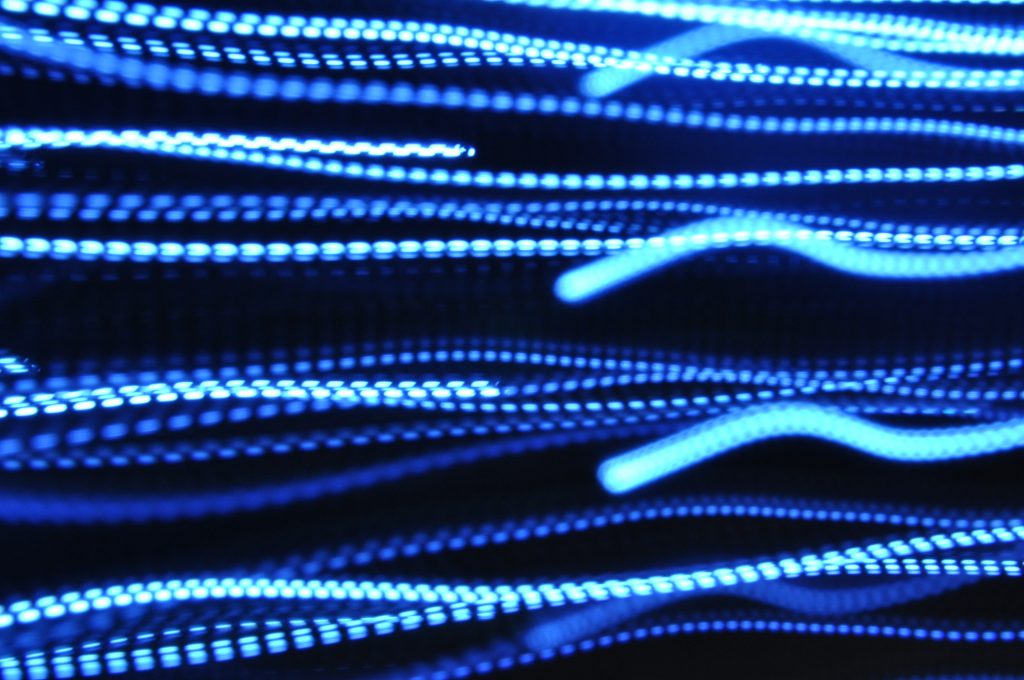If you were to ask any major AMLAW firm what percentage of their depositions are videotaped, you would likely hear upwards of 90 percent. There’s a number of reasons why video depositions are so prevalent, such as capturing nonverbal communication and mannerisms that a transcript alone could not provide. Many would argue video is simply better evidence.
Despite the ubiquity of video depositions and their superior evidence, transcripts also remain ubiquitous. The rise of video has not been at the expense of transcripts. In fact, the line between video and transcript is becoming increasingly blurred with the surge of the synced video transcript.
A key concept of quantum mechanics is wave-particle duality, that every particle or quantic entity, such as light, need to be thought of as not only a particle but also a wave. You could say they are two sides of the same token. Until the work of Einstein and other astrophysicists, this duality was not recognized as such. This metaphor holds for the current antiquated court reporter model, with the reporter’s transcript and the videographer’s video being fundamentally separated during the taking of testimony until being synched at a much later date.
With vTestify, the video is the record, with the formal transcript being produced afterward directly from the video. This adaptation to the process closes the gap between video and transcript because the synching process begins instantaneously. It opens the door for your annotations and notes to begin synching to your transcript page and line numbers before it’s even produced because the timestamps will always align when the video is the record.
Today’s modern litigator works extensively in programs such as LexisNexis’ Case Map, Text Map, Case Notebook, and Trial Director. It can take between two to three weeks to get your synched video transcript from a court reporter and videographer to begin working on your case in your litigation management platform. Sure, you can begin to take notes on the rough transcript, but it is a huge pain to transfer your annotations to the new file once your formal transcript has been completed.
vTestify is working towards a future where you can begin working immediately without the headaches of transferring your rough transcript notes to the final transcript file. We see a future where the video, the final transcript, the exhibits, your notes, and annotations will all be instantly synced and easily shareable across platforms and between colleagues. The future is not far away.

